The world of rangefinding binoculars has changed. Are you still sacrificing the quality of optics to have a two in one? This Sig Kilo 10K review is the product of many months of testing, using and comparing these Sig Sauer Kilo 10k rangefinding binoculars to their current competition, as well as using them on some fall elk hunting trips. Most optics, and particularly rangefinders, are designed with a very specific purpose in mind, and the Sig Kilo 10K rangefinder binoculars are no different.
Because rangefinding binoculars bring a whole new level of complexity to your optical system, there are a lot of factors that weigh in to whether the Sig Kilo 10K is the right fit for you. These are powerful units that offer you a TON of options, configurations, and data all in a compact package.
Love optics? Here at Backwoods Pursuit we certainly do! Make sure to check out our MONSTER 26 BINOCULAR REVIEW, as well as our massive 19 SPOTTING SCOPE REVIEW. For both of those reviews, we lined up the optics and tested them side by side!
Best Uses: Sig Kilo 10K Review
The Sig Sauer Kilo 10K is a powerhouse rangefinding binocular that is specifically designed with the long range shooter in mind. Why? Sig Sauers BDX 2.0 makes this one of the most advanced rangefinders on the market. The integrated Applied Ballistics Elite (BDX-Elite) and Applied Ballistics External (BDX-External) allow you to either use the Sig Sauer App to customize your rifle profile (BDX-Elite), or you can use an external device for your ballistic solution if you have a favorite that you want to keep using.
The Sig Kilo 10K uses bluetooth connectivity to connect to your phone and transfer data back and forth, and it even comes with a wind meter that connects via bluetooth for your precise wind call.
Not only is this thing built for the long range shooter, it also features “Archery Mode,” which is specifically designed for archery hunters.
Want to see how these ones stacked up again 10 other rangefinder binoculars? Check out our MONSTER RANGEFINDER BINOCULAR REVIEW as well as the Backwoods Pursuit YouTube Channel.
Finally, with the laser rangefinder in the Sig Kilo 10K ABS rangefinding binocular you can even drop a waypoint using the Earthmate App. We’ll get into all of this in more detail below, but this thing is absolutely PACKED with features no matter if you are a long range shooter, weekend warrior who casually likes to shoot your rifle a few days before season, or the dedicated archery hunter who wants an archery-specific rangefinder.
The Specs: Sig Kilo 10K Review
Rangefinding binoculars have come a long way in recent years and not just in performance but also in design and how compact they are. The Sig Sauer Kilo 10K rangefinding binoculars aren’t the most sleek rangefinder binos we’ve tried out, but they most certainly are compact at just 5.7 inches in length. They offer some of the best rangefinder performance that we’ve tested. In fact, they are hands down the winner in returning the longest, off-hand range by a lot. I was able to get an incredible 4,500 yards off hand on the side of a hill covered in sage brush. The second closest performer ranged closer to the 3,500 yard mark. Truly incredible performance!
| Feature | Sig Kilo 10K Rangefinder Binos |
|---|---|
| Weight | 32oz |
| Length | 5.7in |
| Armor Coating | Rubber Armour |
| Eye Relief | 18mm |
| Eye Cups | 4 Position Twist-up |
| Diopter/Reticle Focus | Non-Locking |
| Tripod Threaded | Yes |
| Field of View | 320ft/1000yds |
| Max Range | 10,000yds |
| Applied Ballistics | Yes |
| Drop Waypoint | Yes |
| Bluetooth Connectivity | Yes |
| Archery Mode | Yes |
| Tripod Adaptable | Yes – Threaded |
| Waterproof | Yes – IPX-4 |
The Eyecups: Sig Kilo 10K Rangefinder Binoculars
I found the eyecups on the Sig Kilo 10K Rangefinder binoculars to be comfortable, but a bit clunky. I was forced to roll the eyecups down into the lower 2 or 3 positions in order to get a full field of view. The problem was that the inside of the eyecups ran into the bridge of my nose before I could get the Kilo 10K tucked into my eye sockets, which was the limiting factor.
This is a surprisingly common issue with binocular eyecups, and one I’ve seen a lot of throughout our extensive binocular testing. A slightly thinner design of the edges of the eyecups would alleviate this problem providing a more comfortable eyecup.
I also noticed a little bit of play in each of the positions of the eyecups. It was far from being an issue, and the eyecups offer enough resistance to stay where you leave them, but there is a little bit of play.
Tripod Adaptability: Sig Kilo 10K Review
I was ecstatic to find out that the Sig Kilo 10K rangefinder binoculars are threaded to accept a standard tripod adapter like the Swarovski SLC-TA, the Outdoorsmans tripod adapters, and the Zeiss 1/4 inch tripod adapters. These are all some of my personal favorites when a binocular is threaded. If you prefer a clap-style adapter, there are a few great options like the Aziak Equipment Bino Clamp or the Really Right Stuff Cinch. Those are also both great options that are much less expensive than the first three mentioned.
Sig put the battery compartment down by the electronics in the barrel, which freed up the standard place tripod adapters usually go, but most rangefinder binoculars use that space as a battery compartment. I like this design as the battery compartment doesn’t get in the way whatsoever.
Check Our Video Review of these 4 Great Tripod Adapters
Focus Mechanism: Sig Kilo 10K ABS 10×42 Review
The focus mechanism on the Sig Kilo 10K ABS HD rangefinder binocular offers a super tight movement with zero play. The ridges on the knob offer great grip to make moving it easy, however, I found there to be too much resistance in the mechanism. The combination of an extremely stiff focus mechanism and the ridges on the focus wheel make for a bit of an awkward feel when focusing the binoculars. You get used to it of course, but it’s certainly unique.
Less resistance in the focus mechanism would make bringing the Sig Kilo 10K binoculars into focus much easier without moving the whole binocular while fine focusing. The mechanism is super smooth and not spongy at all so less resistance would make fine-focusing easier. It’s great that there is no play whatsoever, and the focusing speed is fantastic as you go from zero to infinity in less than one revolution.
Diopter & Focus Adjustments: Sig Kilo 10 Review
As with most rangefinding binoculars, neither the diopter or display focus mechanisms lock. If you’ve read any of our other reviews, you’ll know that we are a huge fan of a locking diopter and focus mechanism. However, if binoculars don’t offer a locking diopter and focus mechanism, we at least like to see that it is stiff enough to not move when toting it around in the field while in your Marsupial Gear bino harness, and the Sig Kilo 10K does exactly that. In fact, there is so much resistance it’s difficult to move them. At the end of the day, it’s a total non-issue that there isn’t a locking diopter with the Kilo 10K.
how to Adjust the Focus and Diopter: Sig Kilo 10K Review
I found that it worked best to go through setting up the focus and diopter settings by using these steps:
- Put both the diopter and display focus on zero, and use the main focus wheel to get as good of a picture as you can.
- Cover your left eye or the left barrel, turn the rangefinder on, and use display focus (below the right eyecup) to bring the display into perfect focus.
- With your left eye still covered, let the rangefinder turn off and bring the binocular image into perfect focus using the main focus wheel.
- Now cover your right eye, and use the diopter focus (below the left eyecup) to bring the left eye into focus.
Going through these steps should provide you with a well-focused image in both eyes. Rangefinding binoculars can be a bit more tricky to get the diopter and display focus set just right vs. standard binoculars as you have an extra step in adjusting the display focus. If you do these steps in the wrong order you’ll find yourself fighting to get the crisp, clear image you could be getting because the display focus also affects the image focus of the right eye.
Feel/Rubber Armor: Sig Kilo 10K 10×42 Rangefinder Binoculars Review
The Sik Kilo 10K 10×42 rangefinding binoculars feature a fantastic rubber armor that has a great in-hand feel and really feel well-built and durable. They feel extremely stout in your hand and are high quality all the way around. As mentioned above, they are however, a bit on the bulky side.
Field of View: Sig Kilo 10K ABS Rangefinding Binoculars Review
Another area we tested for this Sig Kilo 10K review was for the field of view. While the Sig Kilo 10K doesn’t quite boast the field of view that others in its class do at 320 feet @1000yds, it still gives you an adequate enough FOV. We really like to see a FOV of at least 330 feet at 1000 yards in a 10×42 binocular, but 320 feet at 1000 yards will get the job done just fine.
Color and Clarity: Sig Kilo 10 Rangefinding Binoculars Review
Image clarity is one of the most important things to consider in binoculars. However, with rangefinding binoculars, that’s not the only thing you have to consider. Because you have a multi-function instrument, what the rangefinder offers also comes into consideration. With that said, we’ll first talk about the optical performance. I consider that to be the utmost importance for hunting, with rangefinder performance secondary. Now, if you are primarily using a rangefinding binocular for competitive shooting and range days, optics are less important and the rangefinder performance vaults to being more important.
So how did the Sig Kilo 10K binoculars perform in this area? Optical performance is always unique in rangefinding binoculars as the coatings and technology needed to give you optimal performance for the rangefinder reduces the performance of the binoculars. In short, there is always a give and take between optical performance and rangefinder performance. The Sig Kilo 10K optical performance is what I would consider good, but not great. They have a very distinct bluish tint to them that can be a good or bad thing, depending on your application.
For the day at the range when it can be bright and you want to minimize glare, they are fantastic. Clarity is very good, and edge-to-edge clarity is very great for rangefinder binoculars. On the flip side, in hunting situations, that bluish tint reduces low light performance dramatically, making them less ideal for glassing bulls or bucks before dawn or as light fades in the evening.
My personal experience validated this as I didn’t love their low light performance while elk hunting last fall, but at the range, their optics were very desirable. During low light hours, even though they aren’t nearly as bright as others in their class, they still are very clear and even though darker, still provide a nice, clear image and out-performed others in our low light testing. That being said, low light performance is certainly downgraded due to the blue tint of the glass. At the end of the day, you have to decide what’s most important to you. There’s always give and take with rangefinder binoculars.
Edge-to-Edge Clarity: Sig Kilo 10K Review
One of the primary features of a really good pair of rangefinding binoculars is how their edge-to-edge clarity is. The Sig Sauer Kilo 10K rangefinder binoculars are above average in this department, retaining their edge-to-edge clarity throughout a majority of the field of view, with approximately the outer 25% losing clarity. For a regular pair of binoculars, this would be about average, but for a rangefinding binocular, it is certainly above average as most rangefinder binoculars struggle greatly in edge-to-edge clarity.
Given the price point of the Sig Sauer Kilo 10K, it would be nice to see a little better edge-to-edge clarity, but this is one of the tradeoffs we face in a rangefinder that performs at such a high level. You can’t have it all.
Low Light Performance: Sig Kilo 10K Review
As we briefly mentioned above, the strong suit of the Sig Kilo 10K rangefinder binoculars is not its low light performance. While certainly not poor, the blue tint of the lens is a notable cause for the lesser performance. The blue tint reduces the brightness of the optic, which is great for those bright days at the range when glare can be an issue. According to Sig Sauer, that’s one of the reasons for the design behind the blue tint. However, in a hunting situation when glassing during dawn and dusk, the blue tint cause them to be much darker than other rangefinder binoculars that have a neutral, rose, or even yellowish tint to the lens.
The Sig Kilo 10K are interesting in that even in low light they provide a nice, crisp image, but the image is just darker because of the blue tint. I felt like my eyes had to work a little harder to make out details because of that, but the image was still very crisp.
Now to be fair, I went from using the Swarovski NL Pure to these Sig Kilo 10K rangefinder binos, so you’d expect a bit of a system shock as the NL Pure are the best optical performers of all the binoculars that we’ve ever tested. However, I did find myself struggling a bit to make out details in low light that I have been accustom to being able to see.
Rangefinder Performance: Sig Sauer Kilo 10K Rangefinder Binoculars Review
RANGING PERFORMANCE
Having tested a lot of different rangefinders, the advertised max range is often a stretch at best, and it’s likely you won’t quite get the performance in the field that the specs say. However, the Sig Kilo 10K rangefinder performed extraordinarily well. It’s clear that Sig Sauer put a ton of work into developing a robust, easy-to-use, high-performance rangefinder that isn’t difficult to set up.
While testing the Sig Kilo 10K rangefinder I was easily able to get well over the stated max range of 4000 yards on a tree and 3000 yards on a deer. While using the Kilo 10K in the field, I got returned yardages of 4500 yards while ranging a hillside off hand. Not only that, but the range was returned nearly instantly and with all my ballistic data in the display based on the load data I’d imputed.
The Sig Kilo 10K even allowed me to scan yardages at that distance without trouble. For a quick frame of reference, we are talking about the ability to range objects off hand at over 2.5 miles away, and still receive the ballistic data for your rifle. To say I was impressed is an understatement. This rangefinder is FLAT OUT IMPRESSIVE.
Display: Sig Sauer Kilo 10K Rangefinder Binoculars Review
oN BOARD SENSORS & cOMPASS
Given that the sensors are integrated into the unit, make sure you don’t have the Kilo 10K stuffed in your jacket where your body heat will affect the temperature and other readings. I always do the best I can to allow the unit to be in the outside temperatures and conditions to ensure getting the most accurate reading possible.
I’ve certainly noticed that my body heat affects the temperature reading on the unit, so I try to open up my binocular harness, and better yet, pull the Kilo 10K out of my harness and allow it to sit next to me while I’m setting up for a shot. You also want to make sure you have calibrated the onboard compass so your directional display is correct.
BDX ELITE & BDX EXTERNAL
The display the Sig Kilo 10K gives you is designed for the long range shooter when in BDX mode. You get an incredible amount of data for your rifle to help you decide if the shot in front of you is one you want to take. The Sig Kilo 10K allows you to use either the onboard sensors or link the Kilo 10K to an external device like a Kestrel 5700 to generate your ballistic solution.
Now, you may be like me and typically like a simple, straightforward display in your rangefinder, so a lot of data might not sound appealing. However, I found myself LOVING the display of the Sig Kilo 10K. What makes it so desirable is that, while there is a lot of data, the display is still very organized and readable. Your range is still center of the image, and the most important info can be quickly and easily referenced for your shot.
However, if you want to look around the display, you have all kinds of interesting (and important) data points which are easily accessible right there in the display.
- Line of sight distance -LOS – (below reticle)
- Angle Modified Range – AMR (Upper left corner)
- Gun profile used for ballistic data
- Ballistic solution (elevation and wind correction) for the latest range
- Wind MPH used for ballistic calculation
- Angle in degrees
- Density Altitude (DA)
- Elevation and windage adjustment for that yardage
- Compass heading (degrees and direction)
- Battery life
ANGLE MODIFIED & lINE OF SIGHT MODE
You can opt to use a different range mode, the Angle Modified Range (AMR Center), to get the AMR range as the primary range displayed. In this mode all of the ballistic solution data won’t be displayed, and the display becomes extremely clean and free of clutter. You simply have the angle modified range, directional heading, and the Density Altitude (if you have that turned on) and that is it. This is the mode you want to use if you are the person who likes to use your own ballistic solution or printed range card.
Additionally, if you prefer to have only the line of sight range displayed, select the LOS Center mode and you’ll have the same display as the ARM Center mode, but the line of sight range displayed rather than the Angle Modified Range.
It’s nice that Sig Sauer doesn’t lock you into having the extensive data displayed that you do in the BDX Elite mode.
We could write a whole novel about all of the features integrated into this Sig Kilo 10K ABS rangefinder binocular, but to say it’s robust is a massive understatement. What is even more impressive is just how easy it is to use and set up, even with how much data is integrated into the unit.
ARCHERY MODE
Sig Sauer didn’t forget about the archery hunters either. While archery wasn’t the primary driving force behind the design of the Kilo 10K, I love that Sig Sauer listened to its customers who wanted to be able to use this optic, not only for long range shooting, but also for their archery hunts. When the Sig Kilo 10K is put in Archery Mode, the display is simplified drastically, and you are just given the angle modified range as your primary yardage, and the line of sight range is displayed secondarily in the upper left hand corner of the display.
This is EXACTLY the setup I want when I’m archery hunting as most of time I just want the angle modified range for the shot I’m about to take. What’s also very unique about the Sig Sauer Archery Mode is that it utilizes your arrow speed (you have to impute that data when setting up Archery Mode), and the Angle Modified Range is calculated using your specific arrow speed. Super cool.
SCANNING
Scanning with the Sig Kilo 10K is extremely fast as it’s about as close to instant feedback as you can get. Holding the “range” button down while moving the rangefinder across a hillside easily produces 4+ ranges per second, making it super easy to confirm your range and be sure of the yardage prior to making your shot. This is especially helpful if there is a lot of brush or other objects around your intended target, and you aren’t quite sure if that first range you got is the animal or tree you were actually trying to range.
BALLISTICS iNTEGRATION
I love how simple the Sig Kilo 10K menu is and how easy it is to navigate and change in the field if needed. It is intuitive and easy to connect to the Sig Sauer App. You also have the ability to adjust the Kilo 10K’s settings through the app, then sync the app with the Kilo 10K to the app. It would be nice if you could sync the settings in the Kilo 10K unit with the app for those times when you made changes to the unit and want them to be pushed to the app, but I wasn’t able to see where that could be done.
Setting up ballistic profiles is extremely easy, and you can have up to 30 stored for use with your Kilo 10K rangefinder binoculars. You can either selecte from one of 8 ballistic groups if you find one that matches the load you are shooting, or you can build your own custom profile. Personally, I always build my own custom profile to make sure the ballistic solution is as accurate as possible.
To set up a new custom ballistic profile, select “Custom Profiles” from the main menu in the app then “New Profile”. Below you can see how I’ve created 4 profiles for a few of my guns already. In my screen shot, profile 4 is “Active” as you can see that the “BDX” icon is next to that profile. You can press the circle under the “active” column to make any of the profiles “Active” when you sync.
If we press profile 4, we’ll then see all the data that we can impute/change which will affect the ballistic solution that is spit out by the Kilo 10K. You can select from the bullet library or impute the data manually. If you use the bullet library, I would suggest looking up and confirming all pre-filled data to make sure it is all accurate as this will directly affect your ballistic solution. Call me paranoid, but I always trust but verify.
Once you’ve inserted all your custom profile data, changed any settings you want to change, and have the gun profile selected that you want to be active, press “Sync” and all the data that you put in the app will be pushed to your Kilo 10K. Now, as always, don’t trust the ballistic solution without hitting the range to verify that the solution is accurate. Your specific gun may have a slightly different solution, and you want to know that before you hit the mountains or the match starts.
What I liked: Sig Kilo 10K Rangefinder Binoculars Review
RANGEFINDING CAPABILITIES AND FEATURES
There aren’t many, if any, rangefinding binoculars out there that offer the incredible rangefinder performance that the Sig Kilo 10K does. While I’ve been plenty impressed with others I’ve tested like the Zeiss Victory RF and Swarovski EL Range TA, from the standpoint of rangefinder performance, the Sig Kilo 10K simply offers more performance. An insane 4500+ yards offhand is mind blowing, combined with the ballistic data displayed on the unit which is incredible.
BUTTONS
Crisp, clean feeling buttons with a very positive and defined click make the Sig Kilo 10K easy to use and easy to find the ran/mode buttons when needed. Menu navigation is simple, fast, and extremely easy to change at home or in the field. Others I’ve used can be tricky to change on the fly, but not the Sig Kilo 10K.
DISPLAY & MODES
I love the adaptive display. It is super crisp, offers a fine reticle, and gives you the most display options and modes of any rangefinder I’ve tested. It is designed to operate ideally for everyone from the long range shooter to the up close archery hunter, with the display customized for each application. You can have a display full of ballistic and environmental data, or you can adjust it to show just the range and direction.
HYPERSCAN – SCANNING SPEED
The scan speed of the Sig Kilo 10K is second to none (at least of the rangefinders I’ve tested). It pushes out a minimum of 4 ranges per second, even at extreme distances. It is impressive!
EASE OF USE AND SETUP
As many features as the Kilo 10K offers you, you’d expect it to be a nightmare to set up. The exact opposite is true. The app and unit are both intuitive and easy to navigate. Because setting up the unit is important in getting accurate ballistic correction displayed, you want to make sure you take your time and get it set up right. Thankfully, you don’t have to be an engineer to figure it out.
TRIPOD ADAPTABLE
One last thing that seems simple is that Sig designed the Kilo 10K to be tripod adaptable. The threaded bridge accepts an adapter stud, enabling the use of high-end adapters like the Swarovski SLC-TA adapter, the Outdoorsmans tripod adapter, the Zeiss 1/4 inch tripod adapter. This is a small thing, but a big deal to me.
What I Didn’t like: Sig Kilo 10K Rangefinder Binoculars Review
As with all optics, there is some give and take, pros and cons to each make and model. The Sig Kilo 10K is no different here. In order to get the extreme performance out of the rangefinder, there is a bit of give in the optical performance department.
Here are the things I feel are worth noting:
UNCOMFORTABLE EYE CUPS
One of the things I didn’t care for in the Sig Kilo 10K were the eye cups. They were simply too wide/thick to allow me to sink the binoculars into my eye sockets. Because of this, I could only use the 1st or 2nd positions to get a full field of view through the binoculars.
DARKER IMAGE – BLUE TINT
Probably my number one complaint with the Kilo 10K binoculars is the blue tint of the lens. Now, take this with a grain of salt knowing that this is coming from someone who uses these primarily for hunting. With that being said, the blue tint considerably reduces their low light performance, and I even feel like the blue tint made my eyes work a bit harder in moderate daylight hours. They are great in bright light, and I believe that is, at least in part, the purpose behind the blue tint; reducing glare in bright situations (i.e. matches).
Most rangefinder binoculars have some kind of distinct tint to them, but the Sig Kilo 10K is probably the most distinct of them all. I really like the clarity they offer, but I’m not a huge fan of the blueish tint, at least for hunting situations.
ON THE BULKY SIDE
While the Sig Kilo 10K is very short in height (only 5.7 inches), it is a bit bulky. There is a lot of power packed into this rangefinder, so the bulk didn’t bother me much, but I did notice that they were more bulky than others we tested.
STIFF FOCUS WHEEL
I found the focus wheel to be a bit too stiff and offer too much resistance for my liking. While this is great to keep the point of focus where you last left it, it makes changing the focus point more difficult than it needs to be. My personal preference is a focus mechanism with a much more free mechanism.
Sig Kilo 10K ABS Review Conclusion
After testing for a year to do this Sig Kilo 10K review, what is our final verdict? I think Sig did an awesome job integrating a MASSIVE amount of data, features, and performance into these rangefinder binoculars, and making it manageable and easy to use. Their rangefinder performance makes you want to take them anywhere and everywhere you go. On the flip side, it was hard for me to give up the optical performance I’m accustomed to when I’m needing that extra low light performance glassing for mule deer at long distances.
If rangefinder performance is what you need, I can without hesitation say that you’ll love these Sig Kilo 10K rangefinder binoculars. However, if you are one that considers optical performance paramount, you might find yourself wishing for a bit more. At the same time, that’s really the case with every single rangefinder binocular we’ve tested to date. Now, that’s not to say these Sig Kilo 10K are a slouch in optical performance as they still rank well above many other rangefinder binoculars in our side by side review. It’s just one of the compromises made (even if just a small one) to have the convenience and ease of an all-in-one unit like the Sig Kilo 10K ABS rangefinder binocular.
Subscribe to Backwoods Pursuit to get Your FREE Backcountry Gear Worksheet!!!
Dial in your gear list, calculate your pack weight, and lighten up your pack with this handy tool!



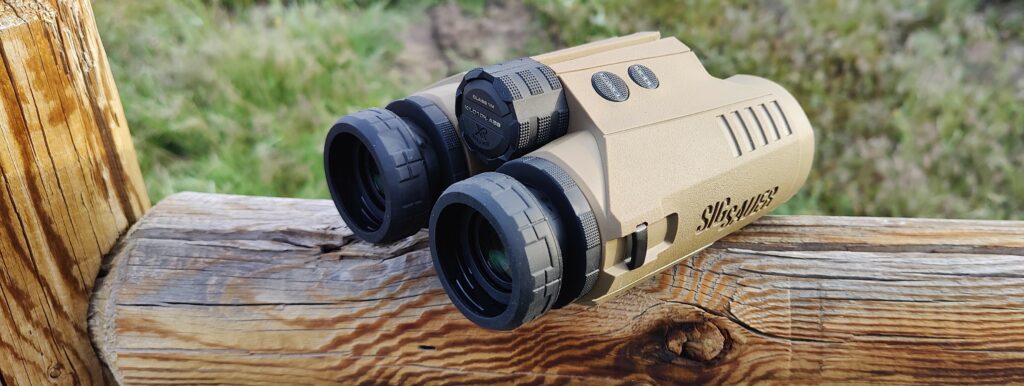

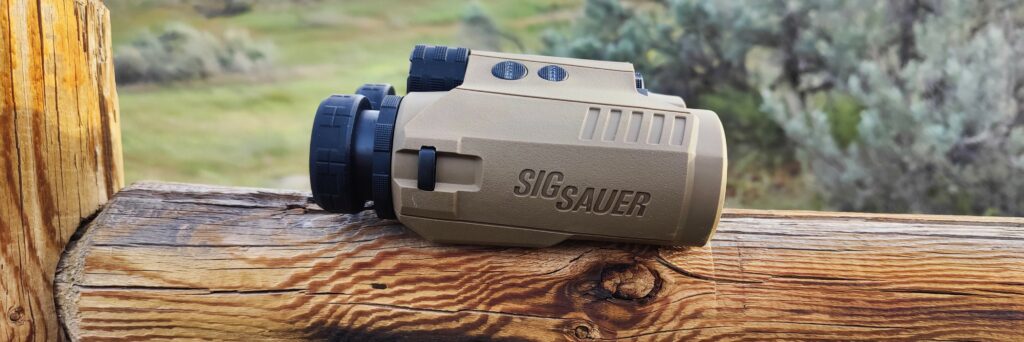
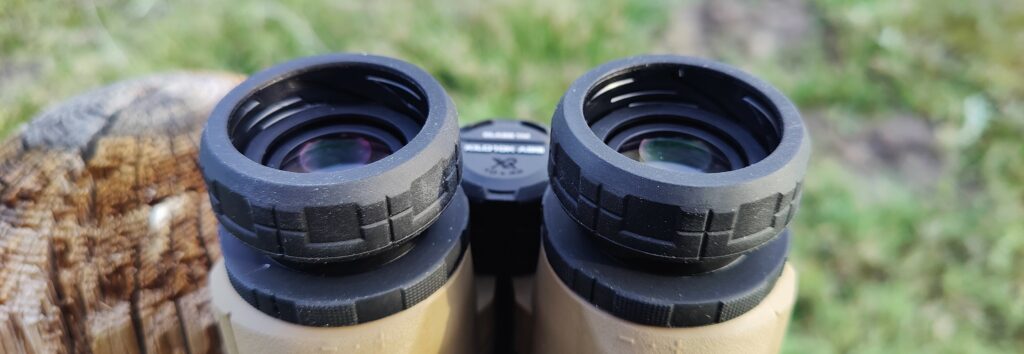

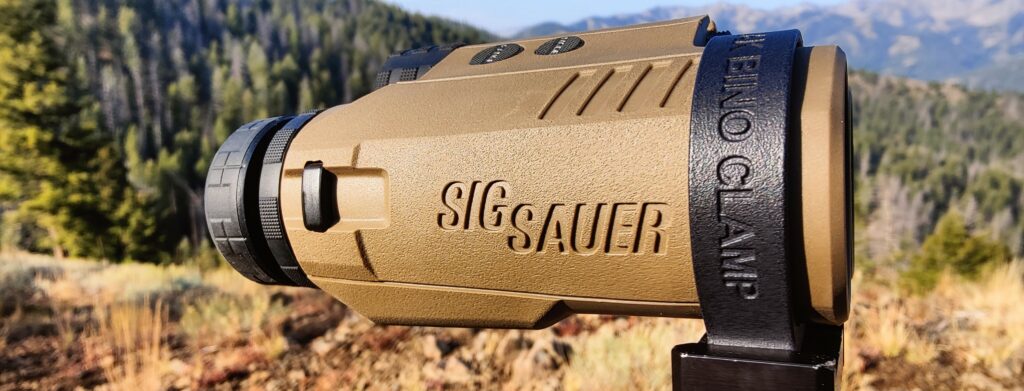
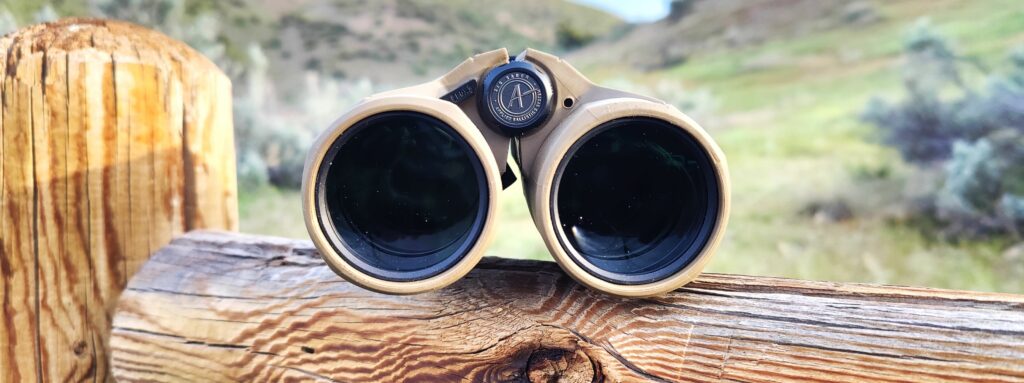

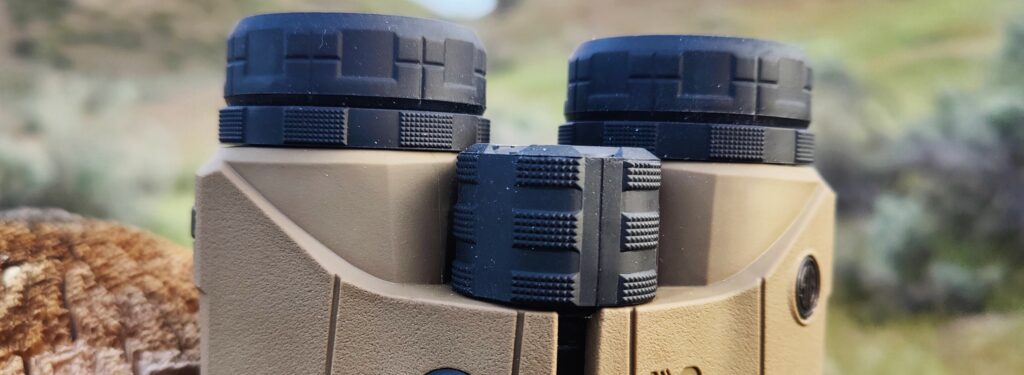
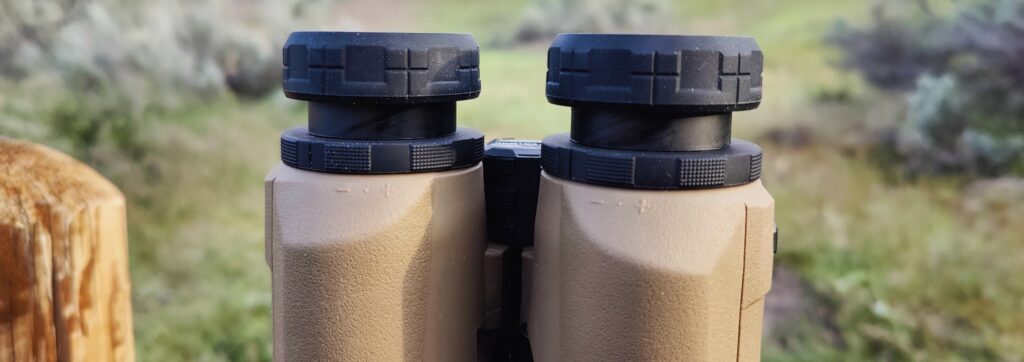
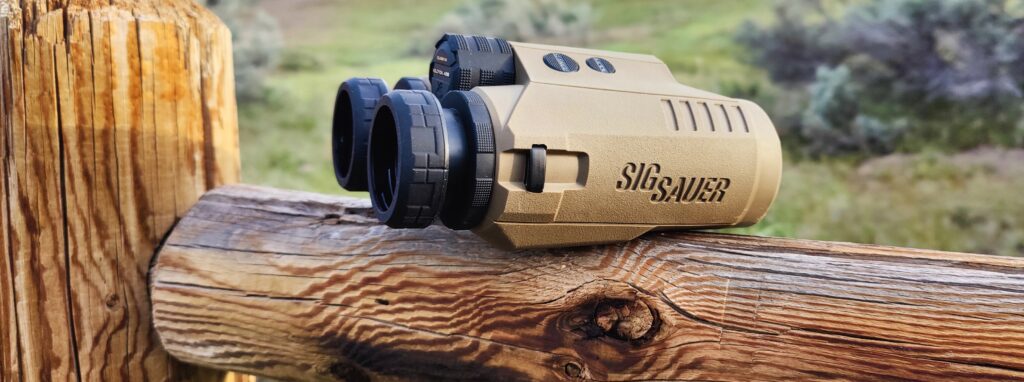
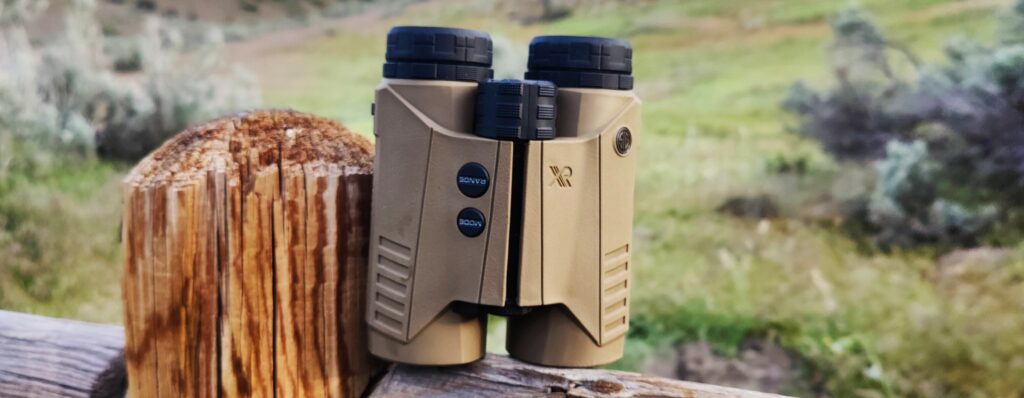

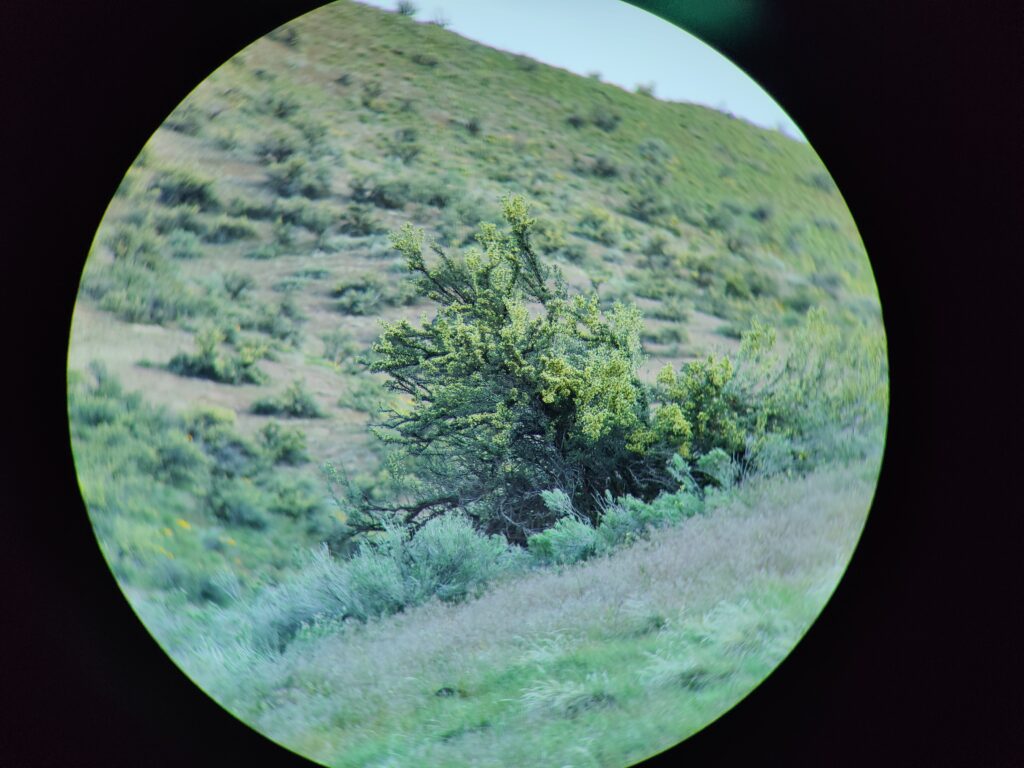

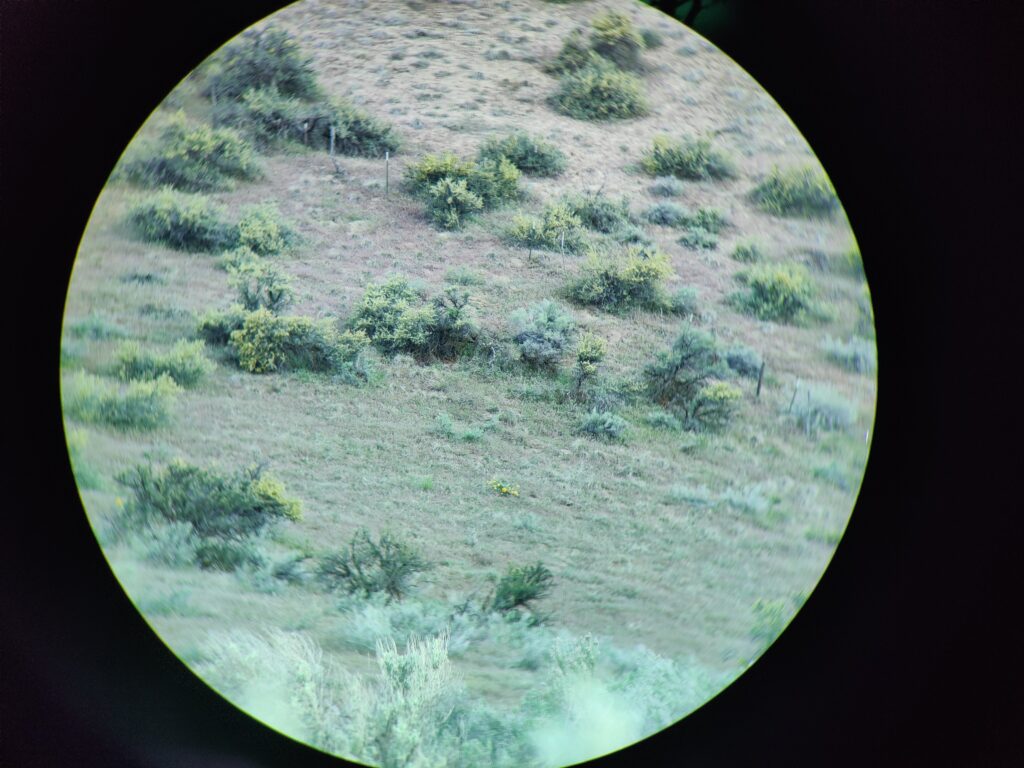


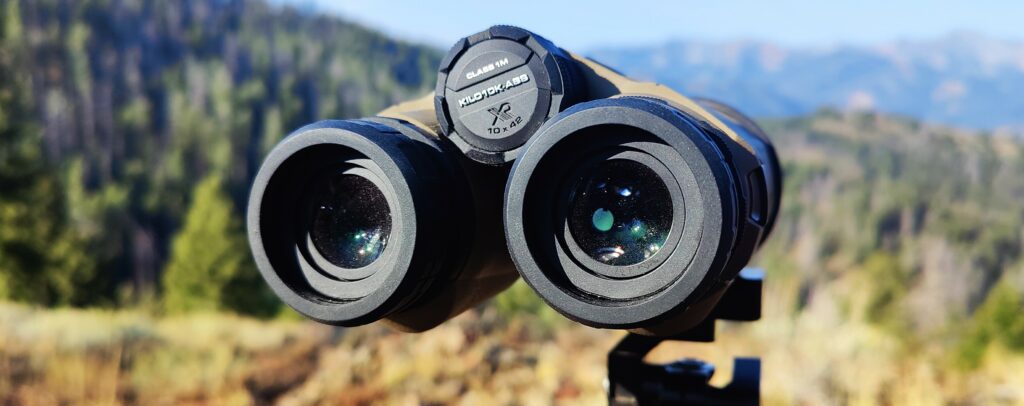

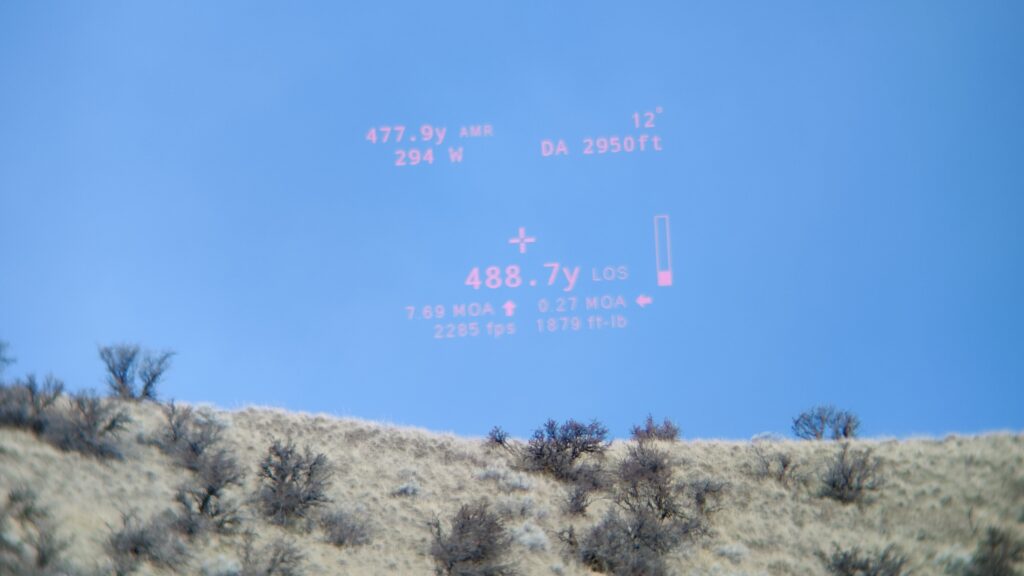
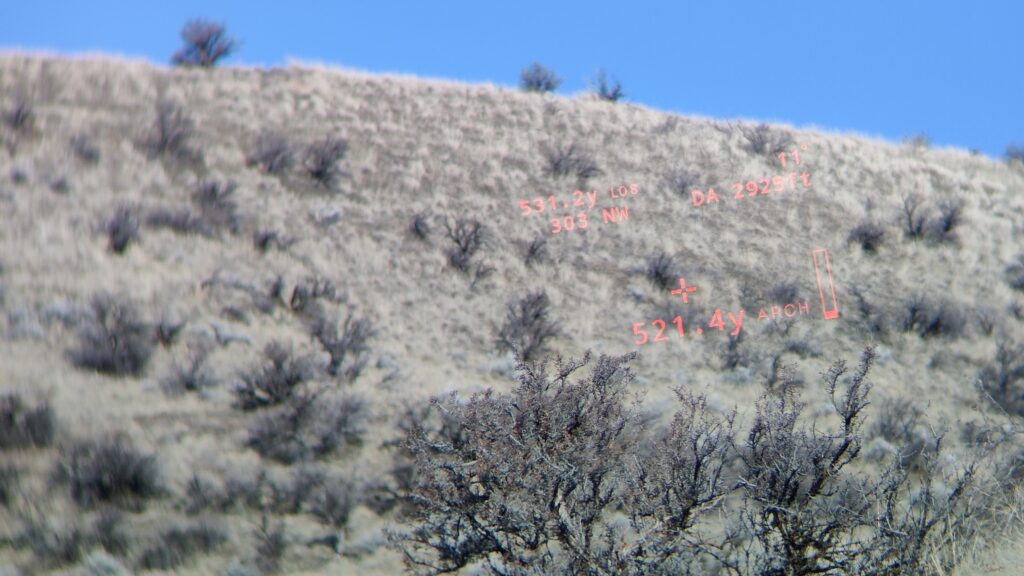
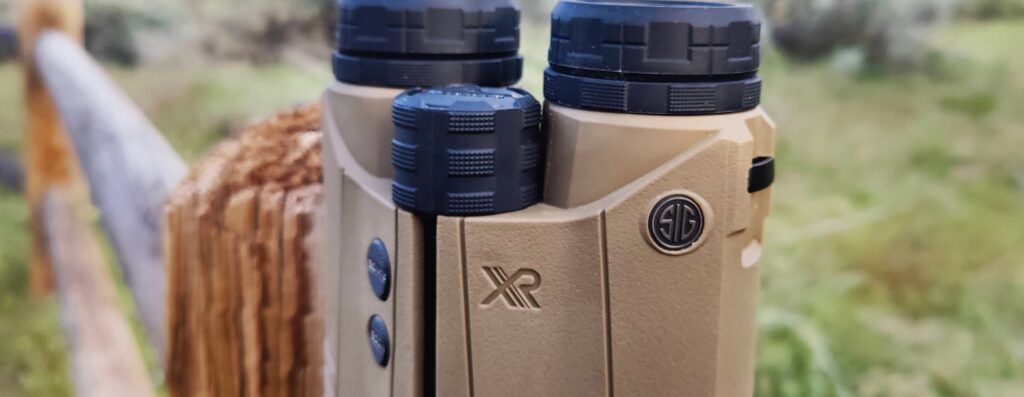
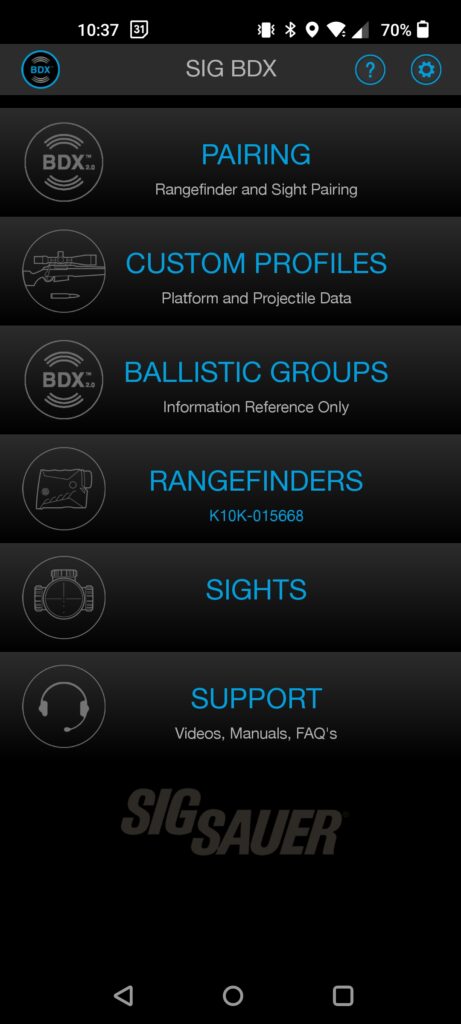
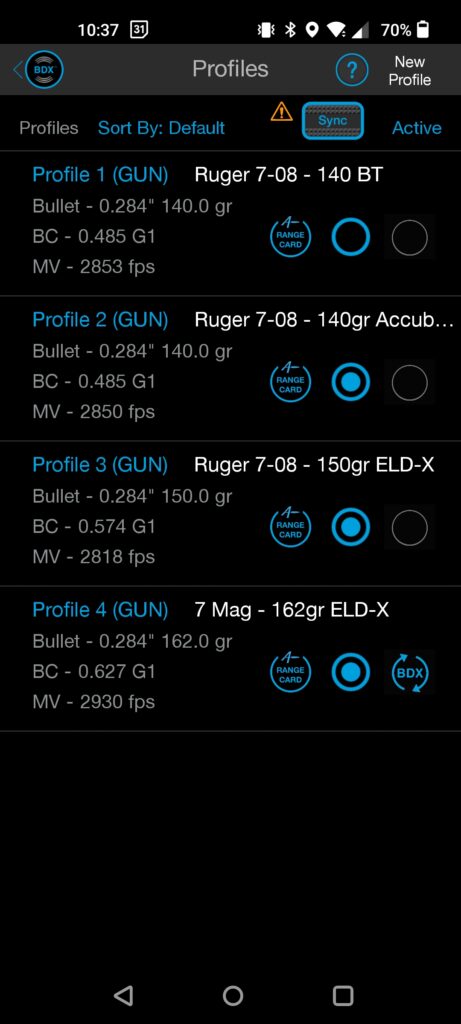
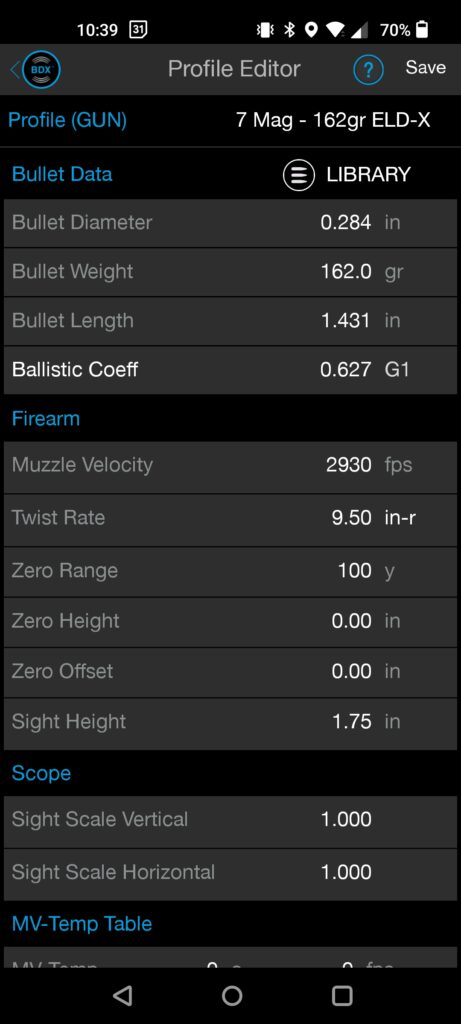
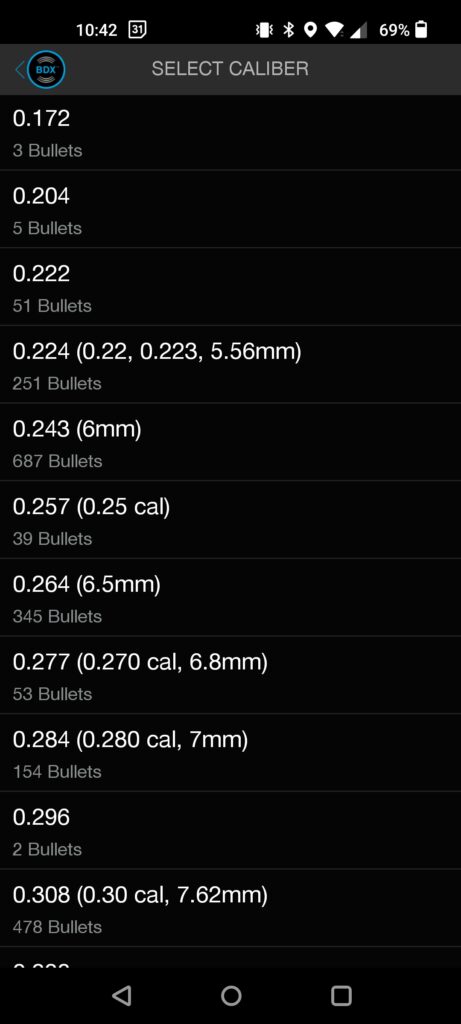




bought 10×50 ‘s. Went through 4 batteries in 6 months w/very minimal use? Took them back to Sportsman Warehouse in Traverse City Michigan and they gave me a credit. I have had hand held rangefinders for years and the batteries lasted forever? Different kind of battery but should this happen?Not what I expected. Whats going on?
Thx,
Jason
Hey Jason! That is very odd. I was able to use these for a whole season on one battery, and it wasn’t even showing any use on the battery indicator. Not sure what was going on there. Thanks for reading though!